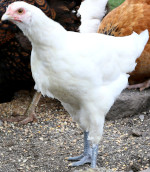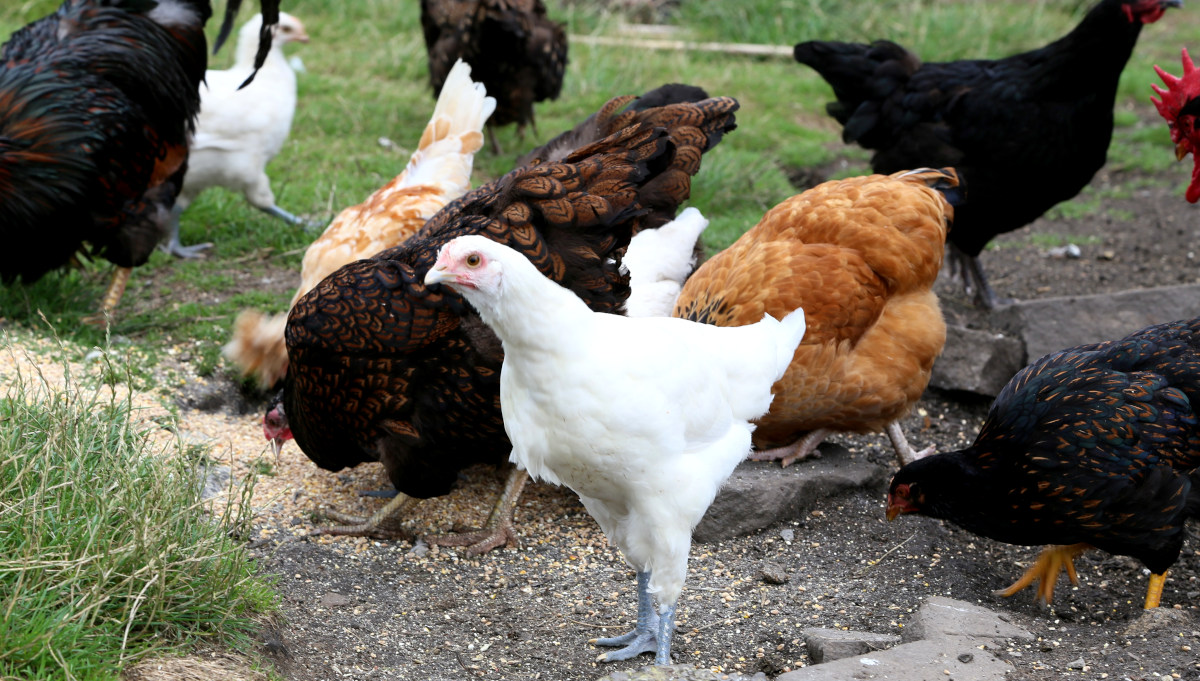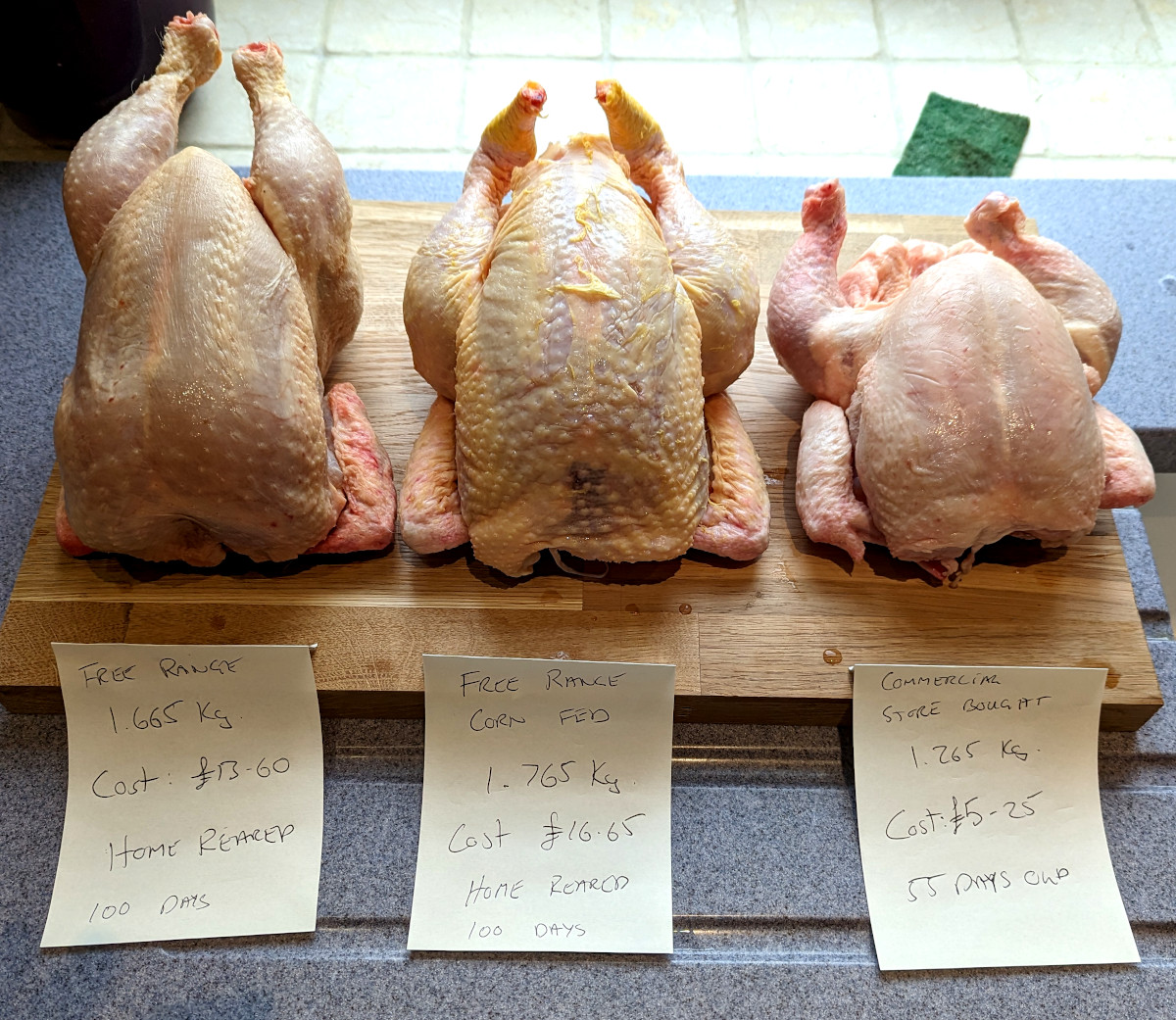Meat chicken breeds. Including hybrids and dual purpose types.
There are several breeds of chickens that are kept specifically for their meat production. While you could eat any chicken, even bantams, the time and effort required for the resulting meat means that most people choose to raise broilers.
Table of Contents
Broiler is another term used to describe chickens that are raised for their meat. This is a generic term that can refer to a variety of breeds.
What are the heritage meat breeds of chicken?
These are the original breeds that have been kept for meat. They are often poor layers of eggs and have large well rounded bodies with plenty of meat.
Heritage meat birds include the Ixworth, the La Bresse Gauloise and the Cornish.
Below: The La Bresse Gauloise, a heritage meat chicken. A breed I raise myself an am particularly fond of.
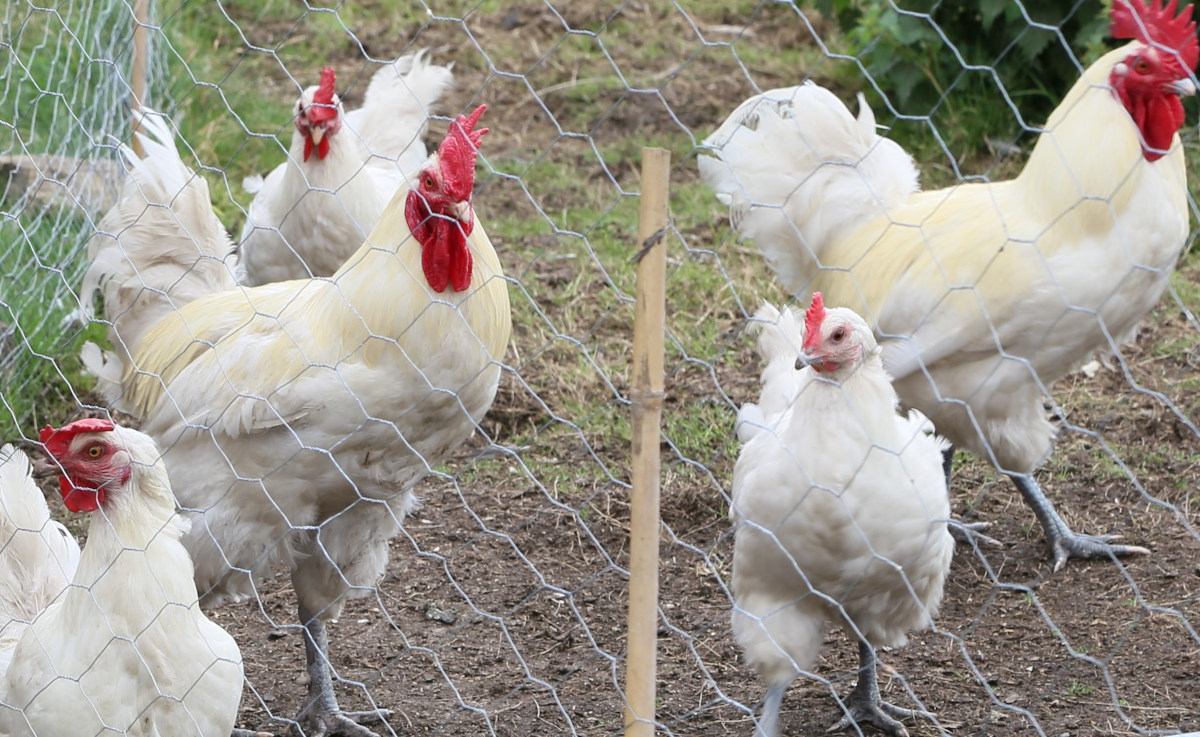
These birds grow quicker than regular chickens and in some cases bigger. Because these types of chicken spend longer on pasture they tend to be better tasting and more strongly flavoured.
Below: When processed heritage meat chickens look like this.
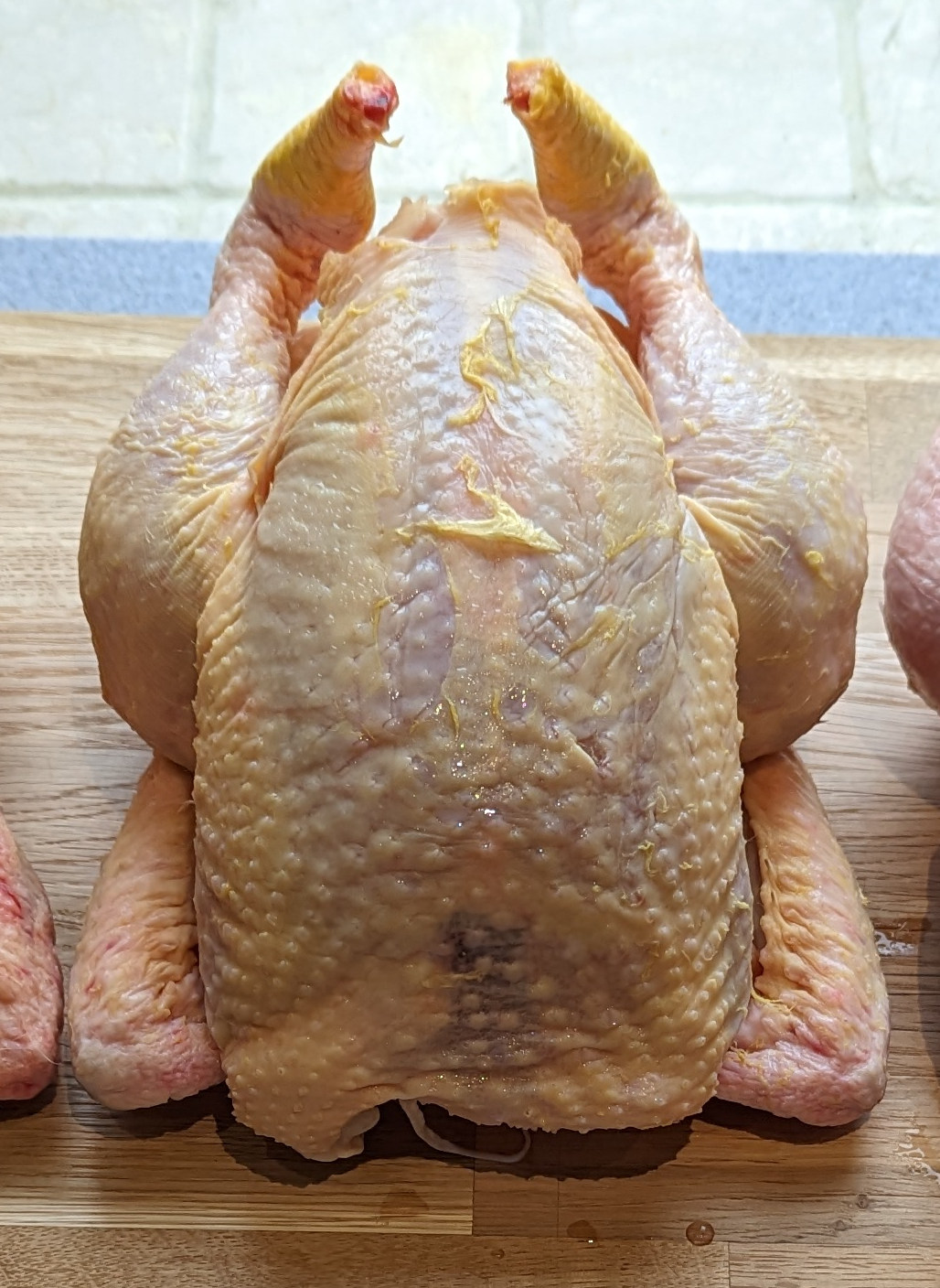
Sometimes these birds are too big to breed easily and some, like the Cornish, suffer from fertility problems.
What are commercial types of broiler?
Breeds in this category include the Freedom ranger, Ross Cobb and Hubbard.
These are modern commercially produced stock that can be finished in as little as 55 days under ideal conditions.
Below: When commercial hybrid meat birds are processed they look like this.
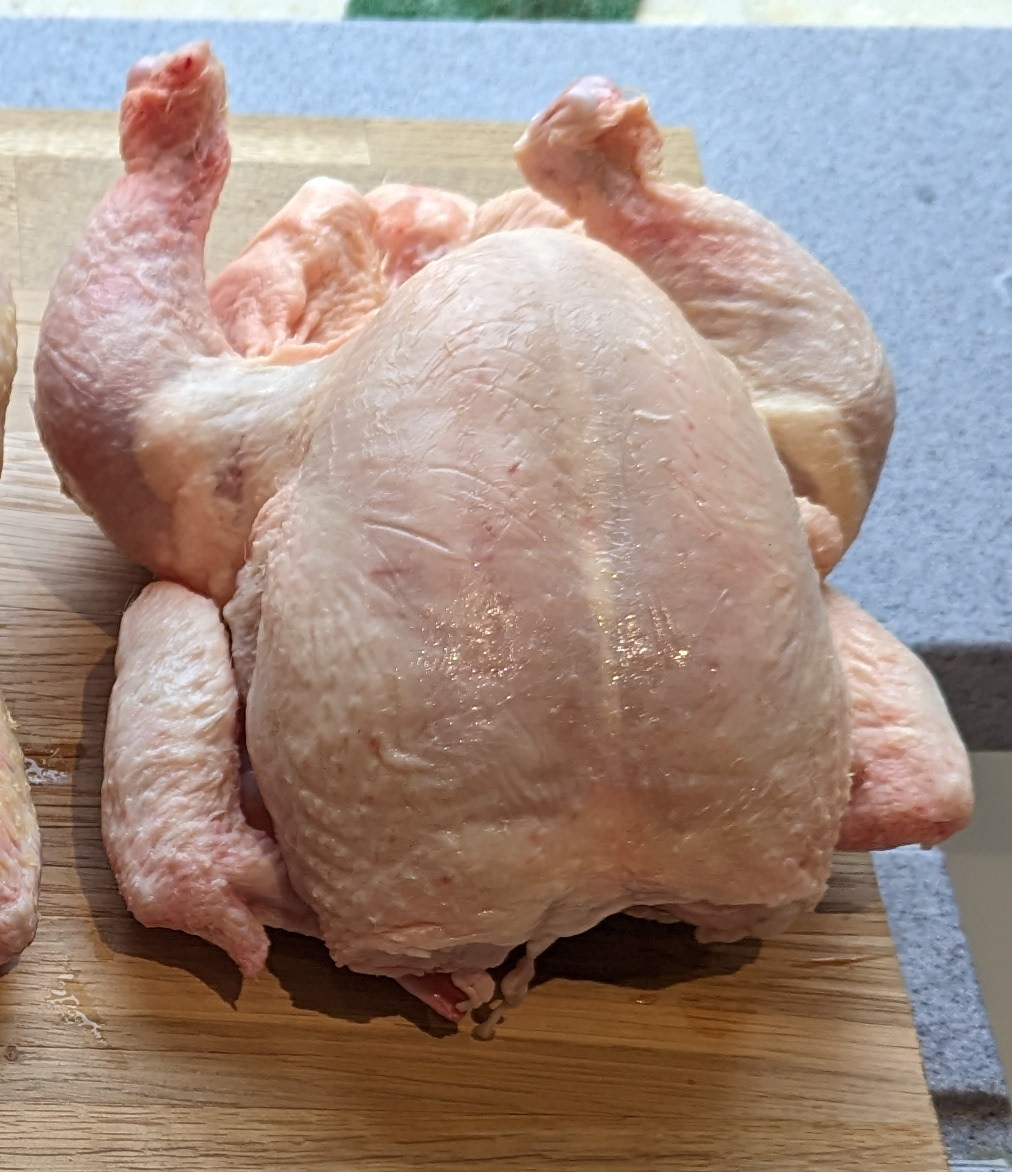
These birds give the best financial return as their feed efficiency is very high, they do lack flavour and texture however.
What are the dual purpose breeds?
A dual-purpose chicken is a breed of chicken that is bred to be used for both meat and egg production. These chickens are typically larger than egg-laying breeds and have a more meaty body type.
They are typically slower-growing than pure meat breeds, but they are also hardier and more adaptable. They are often raised on small farms or homesteads because they can provide both meat and eggs, making them a cost-effective option for families.
Below: Processed dual purpose chickens look like this.
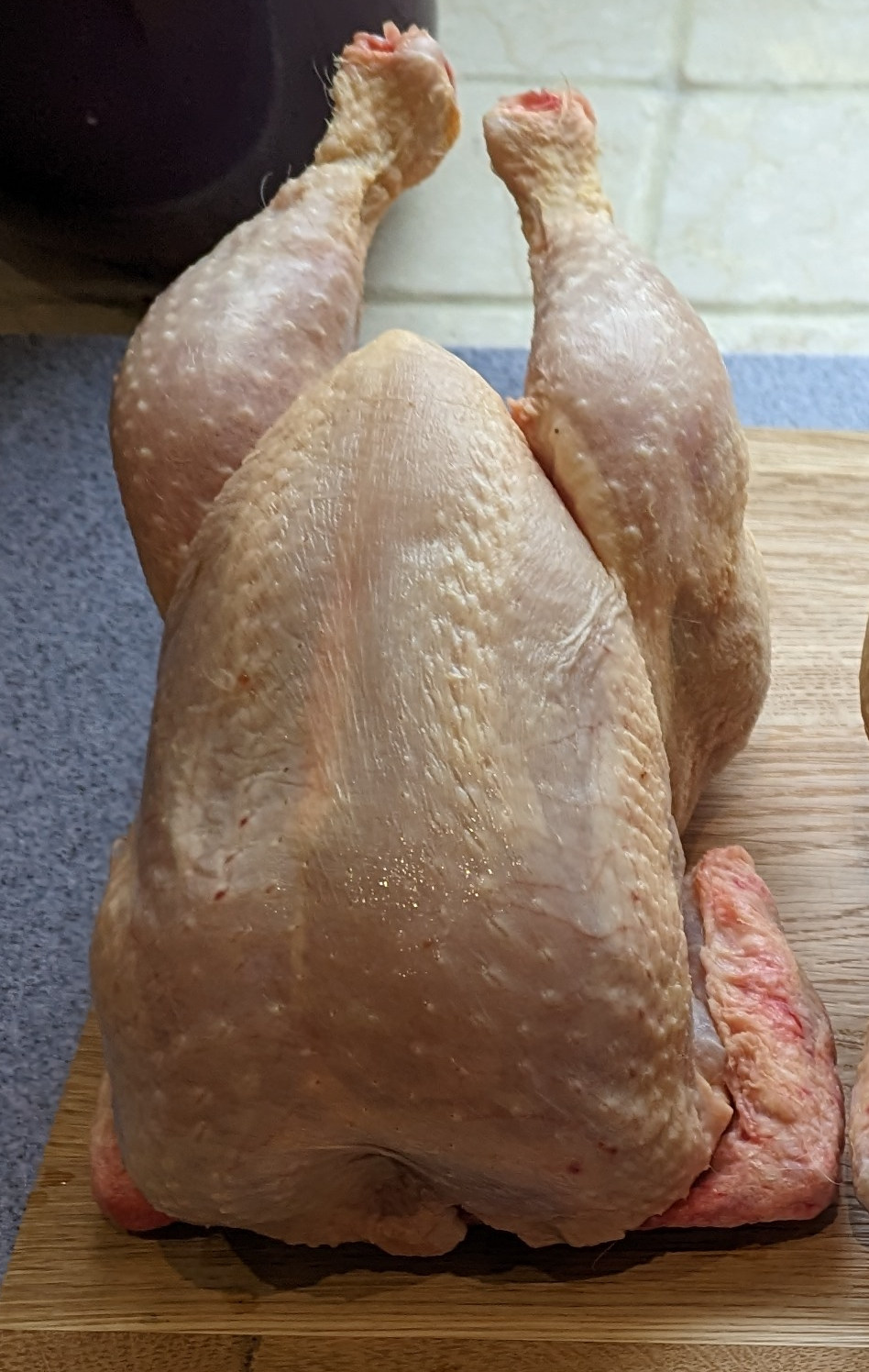
Examples of dual-purpose chicken breeds include the Jersey Giant, Plymouth Rock, Rhode Island Red, Sussex, Orpington, and Wyandotte. These breeds are known for their ability to produce both a decent amount of meat and a good number of eggs.
They are also easily available and tend to be hardy and disease-resistant, making them a good choice for small-scale farmers and backyard chicken enthusiasts to rear at home.
List of all the chicken breeds kept for meat:
| Breed. | Characteristics. |
Cornish or Indian game. 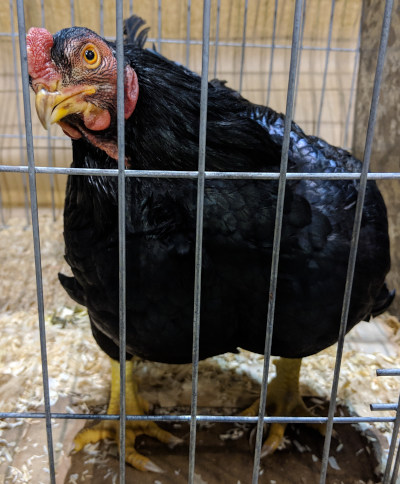 (Heritage meat breed) |
|
Cornish Cross. 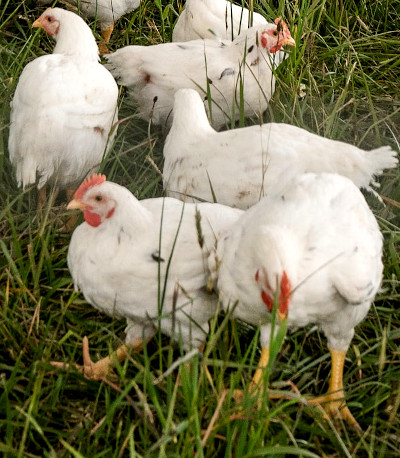 (Modern meat hybrid) |
|
La Bresse Gauloise. 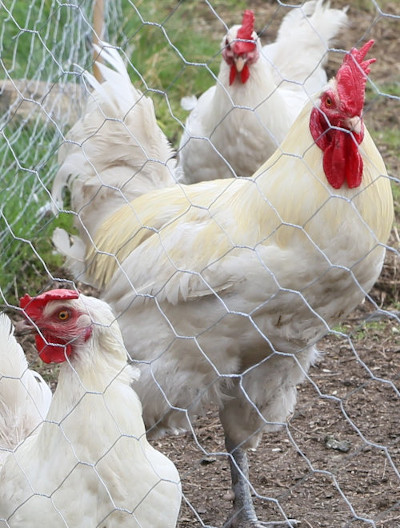 (Protected french meat chicken) |
|
Freedom Ranger 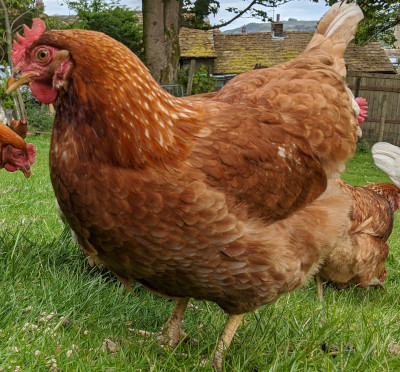 (Modern meat hybrid) |
|
Ross Cobb. Range of differently performing chickens. 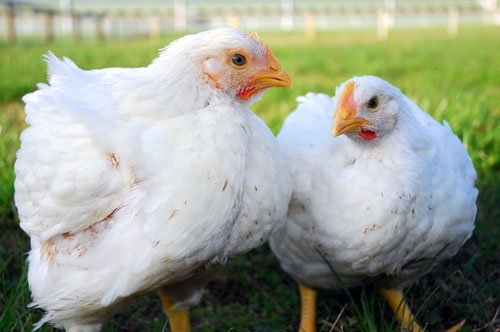 (Modern meat hybrid) |
|
Hubbard. 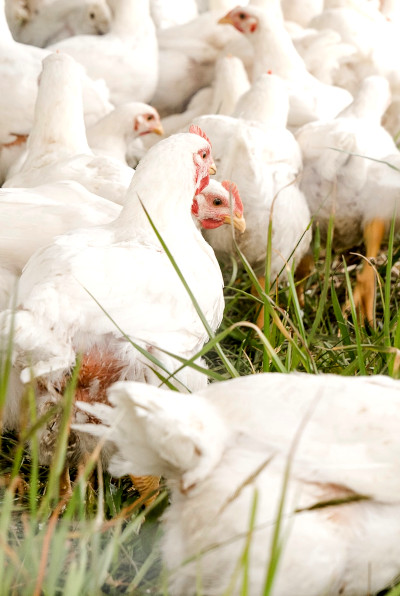 (Modern meat hybrid) |
|
Sussex. 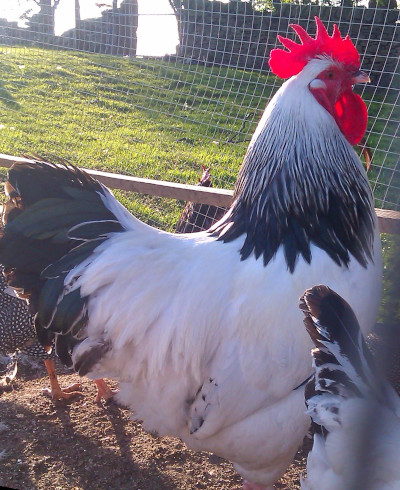 (Heritage dual purpose) |
|
Marans.  (Heritage meat chicken) |
|
Barnevelder. 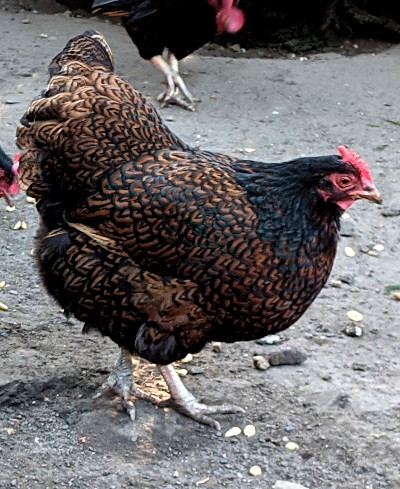 (Heritage dual purpose) |
|
Wyandotte 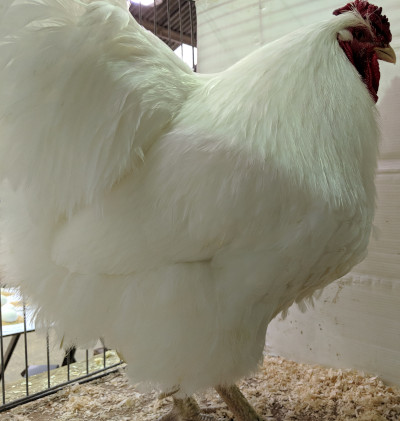 (Heritage dual purpose) |
|
Orpington. 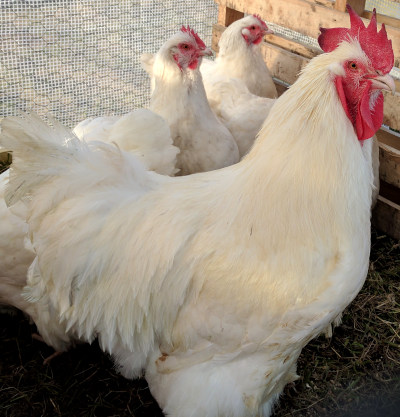 (Heritage dual purpose) |
|
Ixworth.
(Heritage meat chicken) |
|
Plymouth Rock or White rock. 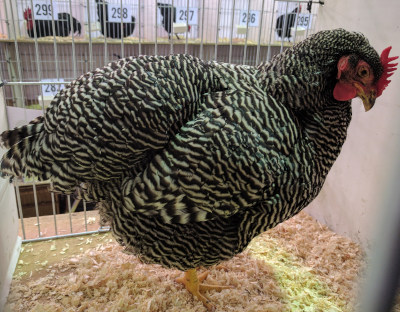 (Heritage dual purpose) |
|
Rhode Island Red or white. 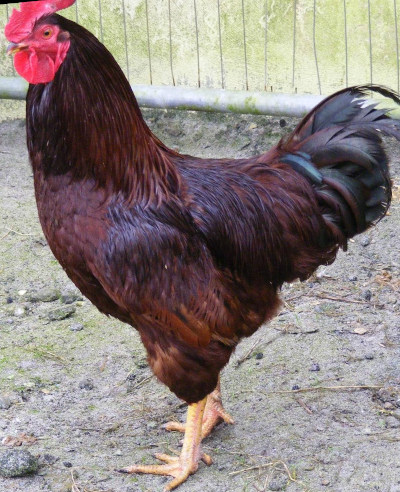 (Heritage dual purpose) |
|
Dorking.
(Dual purpose chicken) |
|
Brahma. 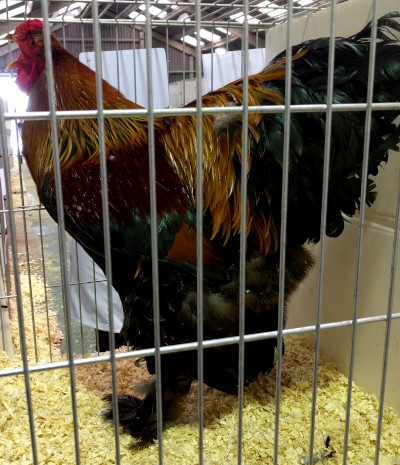 (Heritage meat bird) |
|
Naked neck. 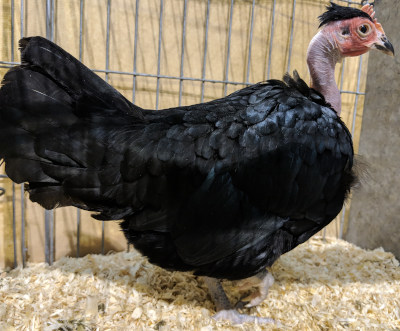 (Heritage dual purpose) |
|
Silkie. 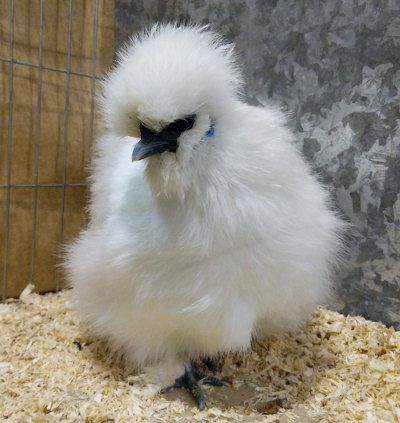 (Specialist bird known for its blue black meat) |
|
